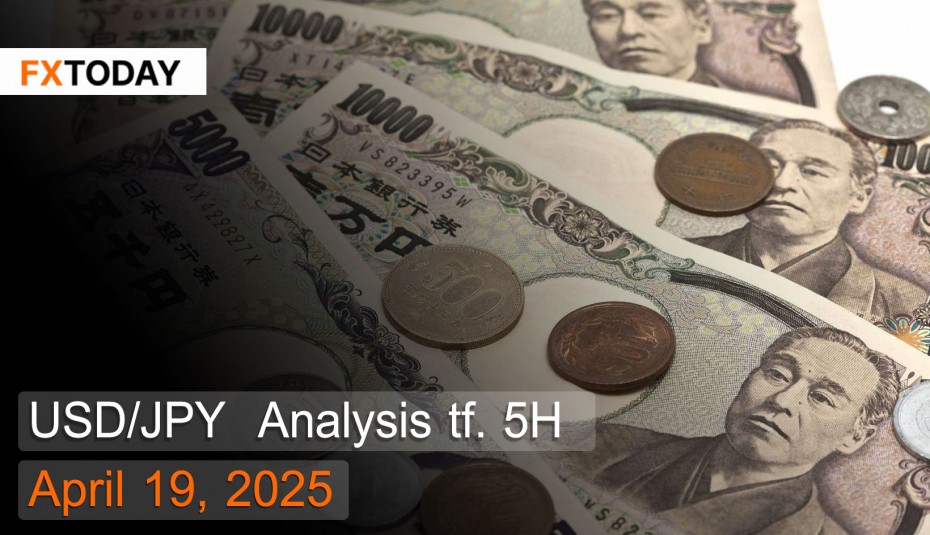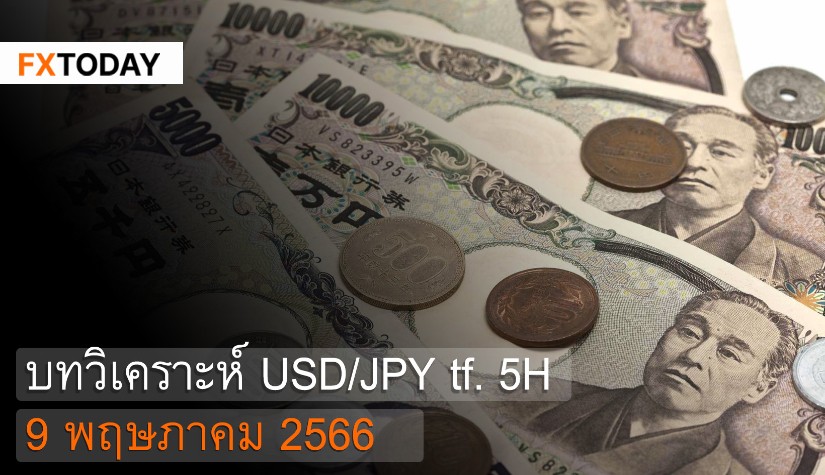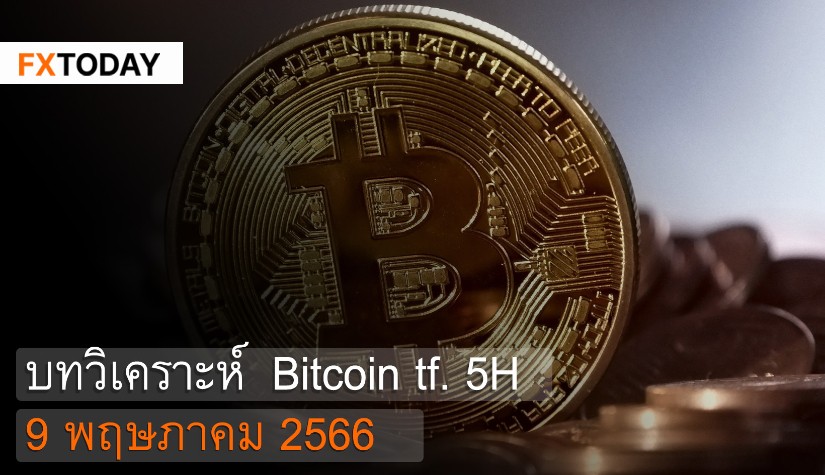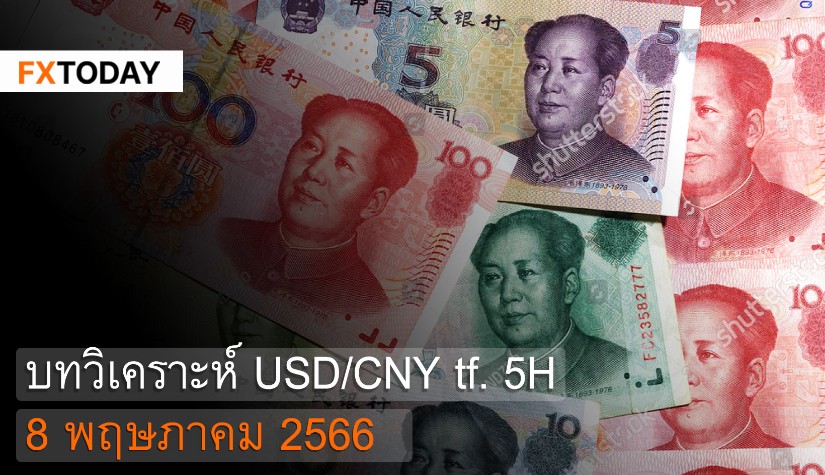The Bank of Japan Likely to Continue Raising Interest Rates.
The Japanese yen slightly weakened after previously strengthening to its highest level in months. Meanwhile, the U.S. dollar regained strength following remarks by Jerome Powell, Chairman of the U.S. Federal Reserve (Fed), who signaled that the Fed would not rush to cut interest rates. He cited uncertainty surrounding trade policy and warned that tariffs could push inflation higher and slow economic growth.
On the economic data front, Japan's exports have slightly declined due to reduced shipments to China and the European Union. However, the rebound in import growth suggests resilience in domestic demand. Meanwhile, Ryosei Akazawa, Japan's Minister of Economy, continues to advocate for the full removal of Trump-era tariffs, including the base 10% tariff and an additional 25% tariff on auto exports.
Junko Nakagawa, a BoJ board member, stated that U.S. trade policies pose a major risk to Japan’s economic outlook. She also warned that higher U.S. tariffs could directly impact Japanese business activities, including exports, manufacturing, sales, and profits. Indirect effects could arise from weakened business and consumer sentiment or increased volatility in commodity prices and financial markets. Nakagawa’s views are in line with BoJ Governor Kazuo Ueda, who expressed similar concerns. Increasing economic uncertainty may prompt the BoJ to pause or slow down its rate hikes. Nonetheless, the central bank is likely to continue raising rates if the economy and inflation progress as expected.
The BoJ may need to respond to U.S. tariff measures that are affecting corporate and household confidence. The policy board still plans to raise interest rates appropriately, particularly as food inflation appears to be easing and real wages are expected to rise mid-year. The BoJ is scheduled to hold its monetary policy meeting from April 30 to May 1, during which it will release updated economic forecasts.
Japan’s manufacturing sentiment index rose to +9 in April from -1 in March the highest level since last year. Despite this current optimism, the three-month outlook has weakened due to growing concerns over U.S. trade policies. Some companies have pointed to declining demand from China and the impact of cheap Chinese goods hurting domestic sales.
Japan’s 10-year government bond yields surged to over 1.3% as ongoing trade negotiations with the U.S. boosted investor confidence. Japan continues to push for the complete removal of U.S. tariffs, while weak demand from China could slow Japanese exports in the coming quarters.
Techical analysis data (5H)
Resistance: 142.24, 142.33, 142.38
Source: Investing.com
Buy/Long 1: If the price touches support in the price range of 142.05 - 142.1 but cannot break the support at 142.1, you may set a TP at approximately 142.33 and SL at around 141.96 or according to your acceptable risk.
Buy/Long 2: If the price breaks the resistance in the price range of 142.24 - 142.33, you may set a TP at approximately 142.38 and SL at around 142.05 or according to your acceptable risk.
Sell/Short 1: If the price touches resistance in the price range of 142.24 - 142.33 but cannot break the resistance at 142.24, you may set a TP at approximately 142.05 and SL at around 142.38 or according to your acceptable risk.
Sell/Short 2: If the price breaks the support in the price range of 142.05 - 142.1, you may set a TP at approximately 141.96 and SL at around 142.33 or according to your acceptable risk.
Pivot point April 19, 2025 09:30 PM. GMT+7
|
Name
|
S3
|
S2
|
S1
|
Pivot Point
|
R1
|
R2
|
R3
|
|---|---|---|---|---|---|---|---|
| Classic | 141.96 | 142.05 | 142.1 | 142.19 | 142.24 | 142.33 | 142.38 |
| Fibonacci | 142.05 | 142.1 | 142.14 | 142.19 | 142.24 | 142.28 | 142.33 |
| Camarilla | 142.11 | 142.12 | 142.14 | 142.19 | 142.26 | 142.28 | 142.29 |
| Woodie's | 141.94 | 142.04 | 142.08 | 142.18 | 142.22 | 142.32 | 142.36 |
| DeMark's | - | - | 142.07 | 142.08 | 142.21 | - | - |
















